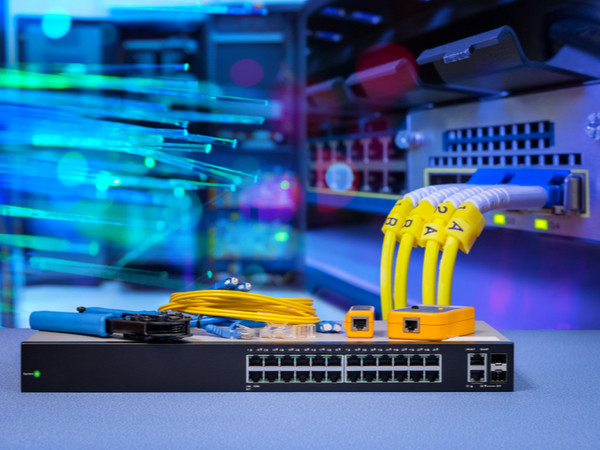Network infrastructure is the backbone of all business communications. It gives the establishment to any remaining organization movement. Additionally, it makes it possible to exchange data, voice, and video between a variety of devices.
There are numerous advantages to network infrastructure. Here are a few points :
Cost-effective: Network infrastructure can be used for years without needing to be replaced and requires little to no upkeep.
Reliable: The performance-oriented network infrastructure guarantees that your data will move without a hitch. Establish and anticipate a certain service level for all customers and users.
Proficient – Organization framework permits you to associate various gadgets without a moment’s delay, whether or not they’re in a similar room or across the globe from one another.
Scalable: Network infrastructures are able to grow as needed to meet growing network requirements and provide access to and from external sources.
The foundation of an organization’s interactions with all users and customers is its network infrastructure. It includes all of the hardware, software, and applications that enable network communication between users.
The “backbone” of an organization’s information technology department is network infrastructure. And that implies it upholds any remaining IT frameworks being used at some random time.
The following are problems with network infrastructure:
Threats to safety: The number of security threats that target networks has significantly increased in recent years. with more than 20 million brand-new samples of malware being produced each day. IT departments have a very hard time keeping up with these attacks and protecting themselves from them because of this.
Issues with performance: The configuration of your network can have a significant impact on the performance of its infrastructure. Do not overlook this aspect when designing your network. Employees’ and customers’ productivity can suffer as a result of poor performance.
Costs: While setting up new network infrastructure can be costly, it will help you keep your data plan in check if done correctly.
Plan for a long-term strategy by taking into account ongoing costs like maintenance fees paid to providers who manage parts of your network. Network costs can be kept low by using NaaS, and long-term contracts always save money.





